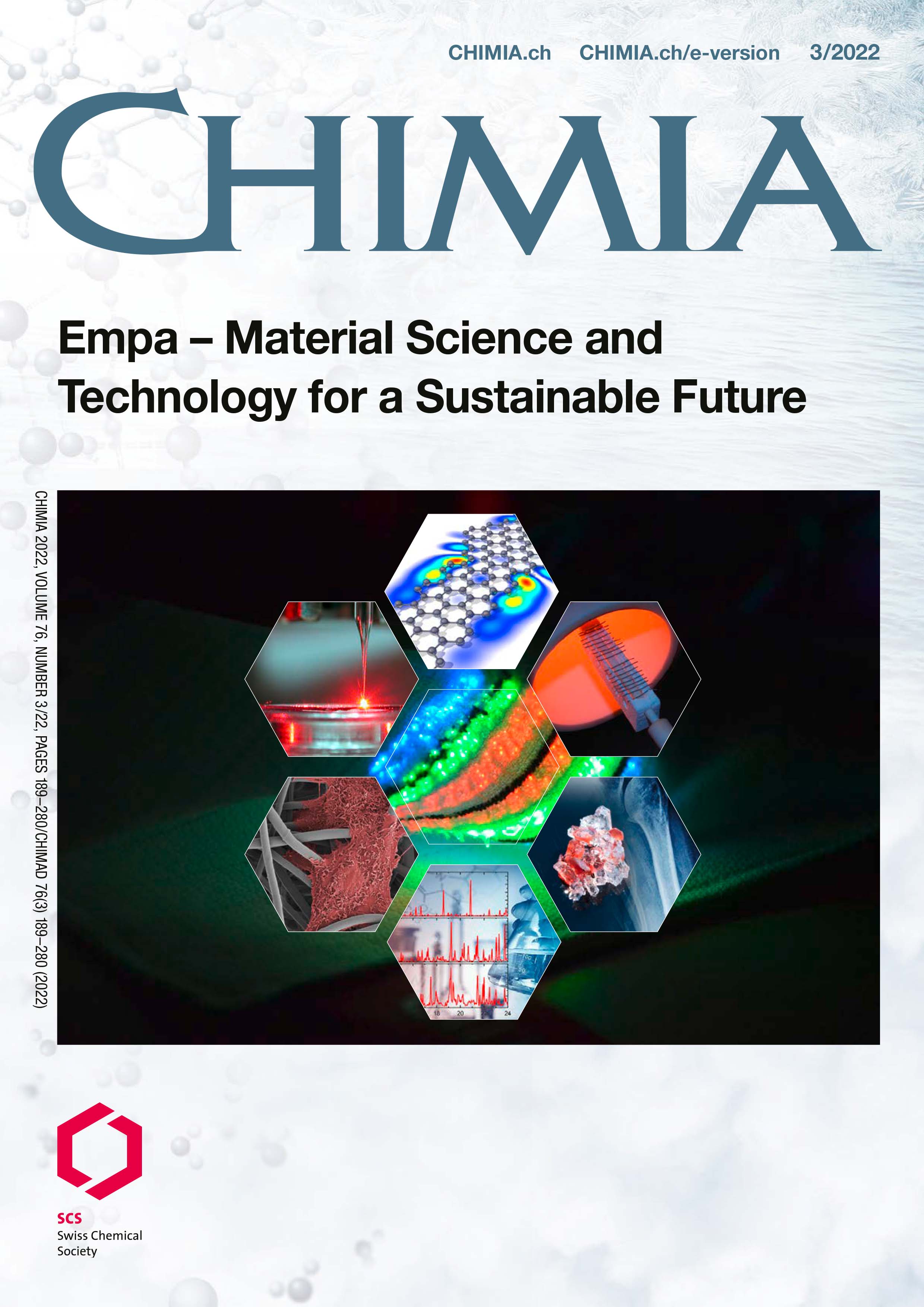On-surface Synthesis: What Happens Behind the Scenes?
DOI:
https://doi.org/10.2533/chimia.2022.203PMID:
38069734Keywords:
Dehalogenation, On-surface synthesis, Temperature programmed X-ray photoelectron spectroscopyAbstract
On-surface synthesis has become a powerful approach to produce low-dimensional carbon-based nanostructures with atomistic precision. A large variety of analytical tools and methods are available to provide efficient monitoring of on-surface reactions, among which, scanning probe microscopy (SPM) has proven to be particularly efficient to characterize reaction intermediates and products down to the atomic scale. Nevertheless, due to limited temporal resolution, difficulties to explore the full temperature range, and lack of identifying the chemical environment of all elements involved in on-surface processes, SPM is ideally complemented with temperature programmed X-ray photoelectron spectroscopy (TP-XPS). In this short review, we aim to unveil some of the capabilities of synchrotron based TP-XPS reporting on our own research on Ullmann-type on-surface coupling reactions.
Funding data
-
Schweizerischer Nationalfonds zur Förderung der Wissenschaftlichen Forschung
Grant numbers 195133 -
Graphene Flagship
Grant numbers CNECT-ICT-604391
Downloads
Published
Issue
Section
License
Copyright (c) 2022 Samuel Stolz, Marco Di Giovannantonio, Oliver Gröning, Roland Widmer

This work is licensed under a Creative Commons Attribution 4.0 International License.







